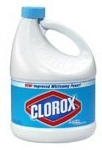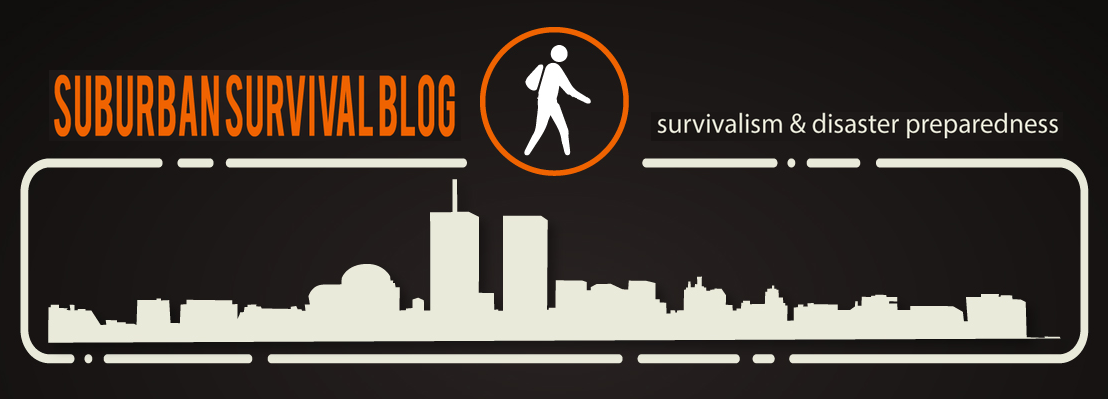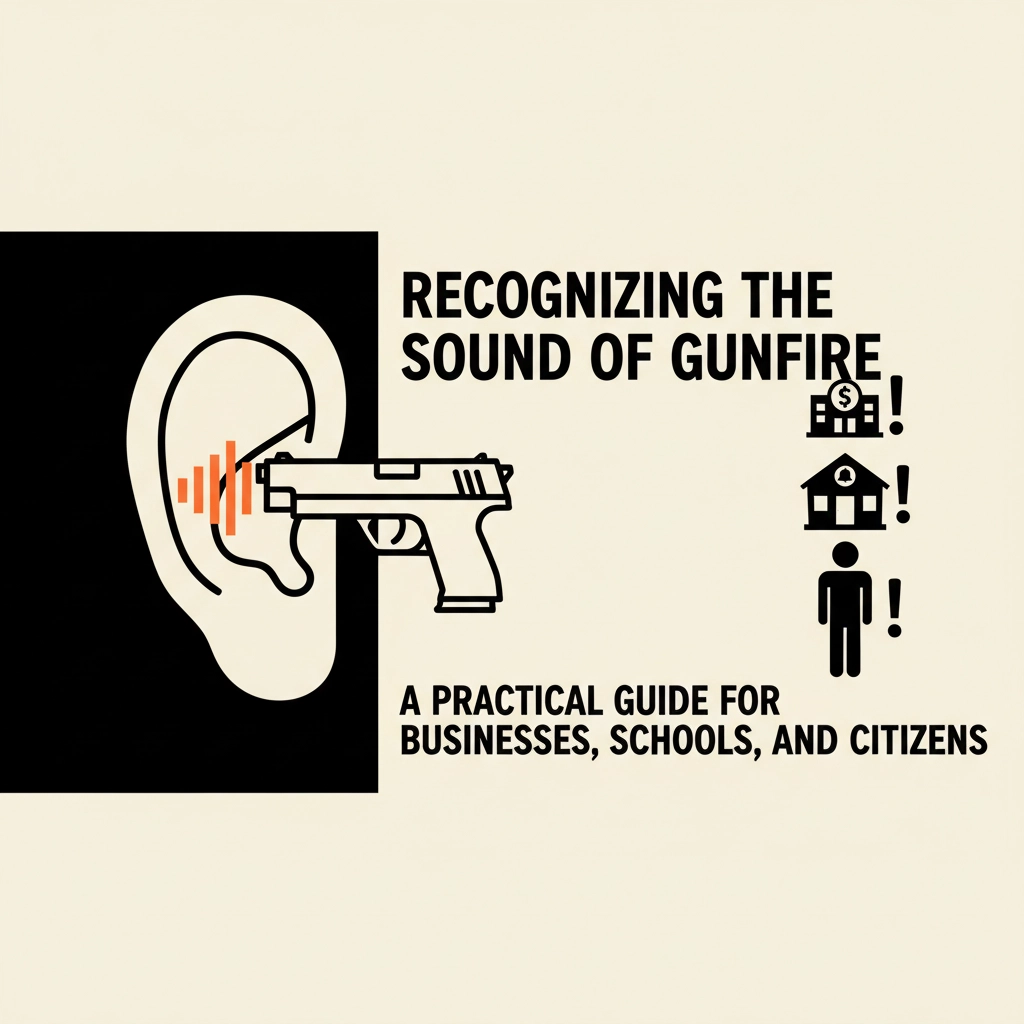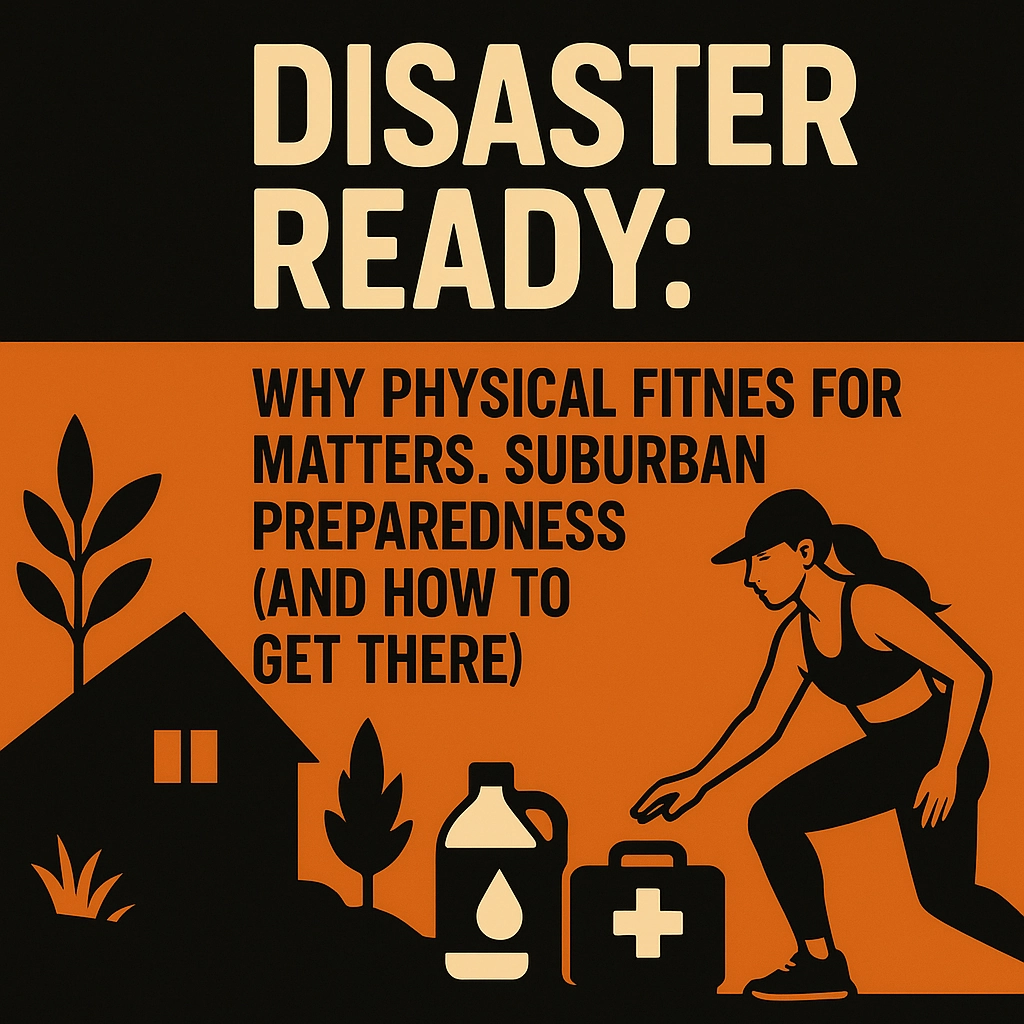Purifying water in an urban or suburban environment after a natural or man-made disaster
When disaster strikes, the first thing on most people’s minds is the wellbeing of their loved ones and their own personal safety. Humans are pretty resourceful creatures and can survive with very little if forced to do so, but there are a few things that even the most capable person cannot live without for very long. Next to oxygen, water tops that list. Humans can survive only a few days without water, so in the event of a disaster, finding a clean water source is of paramount importance. Though disaster-preparedness experts like the Red Cross recommend that everyone has an ample supply of water on hand, many find themselves ill prepared when the need arises. Fortunately, there are two relatively easy ways to purify drinking water, and generally speaking, both methods are available to most people assuming you have the basics in your home.
Boiling is the preferred method of water purification, as it kills bacteria, viruses and parasites that can lead to illness. If the water department suspects contamination, a ‘boil water order’ will be issued, and tap water should not be used for drinking, food preparation or brushing teeth until it has been purified; though, generally, it is safe to use for bathing, laundry and other household needs. To purify water by boiling, it should first be strained through a coffee filter, a piece of cheesecloth, several layers of paper towel or a clean piece of fabric to remove any dirt that is present. It should then be brought to a rolling boil and allowed to boil for one full minute. The one full minute is always under debate, however, “most” bacteria die at 165 degrees Fahrenheit. Notice I said most. Only sterilized, air-tight, food-grade containers should be used to store the water, and milk containers should be avoided, as they do not seal well, not to mention they degrade over time. I personally use collapsible five gallon water containers.
Purifying water with chlorine bleach
 The alternative method for water purification is to use regular household chlorine bleach. Though this does kill most illness-causing bacteria and viruses, it most likely will not kill parasites. However, in the event of an emergency when there is no means of boiling and the option to purchase clean water is not available, this method can be a life saver. After straining the water via the method above, it should be poured into a sterilized container. A one-gallon container is best, as the formula to treat this amount is quite straight forward. For one gallon of water, 1/8 teaspoon or 16 drops of unscented bleach is added. Then, this mixture should be allowed to sit for a full 30 minutes. If any cloudiness remains after that time, the process can be repeated. If the water is still cloudy at that point, it should be discarded. Excess amounts of chlorine bleach can be fatal, so this process should be repeated only once before an alternative source of water is found.
The alternative method for water purification is to use regular household chlorine bleach. Though this does kill most illness-causing bacteria and viruses, it most likely will not kill parasites. However, in the event of an emergency when there is no means of boiling and the option to purchase clean water is not available, this method can be a life saver. After straining the water via the method above, it should be poured into a sterilized container. A one-gallon container is best, as the formula to treat this amount is quite straight forward. For one gallon of water, 1/8 teaspoon or 16 drops of unscented bleach is added. Then, this mixture should be allowed to sit for a full 30 minutes. If any cloudiness remains after that time, the process can be repeated. If the water is still cloudy at that point, it should be discarded. Excess amounts of chlorine bleach can be fatal, so this process should be repeated only once before an alternative source of water is found.
Amount required and storage
Being adequately prepared is always the best way to ensure that there is plenty of water in the event of a crisis. A conservative guideline is to store at least one gallon per person per day and to keep at least a two-week supply on hand. It is also important to take pets into consideration when calculating water needs, and extra water will be needed for personal hygiene, dishes, watering plants and other household needs. Both purchased and self-purified water should be stored in a cool, dry place away from sunlight and used within six months but can be stored up to a year; basements are ideal storage spots.










Can anyone confirm once and for all if the water from a 12v DC automobile dehumidifier be drinkable after I run it through a ceramic filter? Thanks in advance.
Good question…
I just put it out to the Twitter and Facebook Community as well: http://www.facebook.com/pages/Suburban-Survival-Blog/157676230923437
I use the bleach method and it’s always worked well for me. In a pinch I have some water purification tablets but I’ve never used them.
While these methods are certainly the most popular ways to purify water, they do have downsides.
First, one must have fuel to boil water, which could be scarce or needed for cooking.
Second, bleach has an effective shelf-life of about six months and can be toxic when ingested for long periods of time or at too high of doses and wouldn’t be recommended for women who are pregnant or with compromised immune systems.
As such, I would encourage yet another method of water purification such as a Big Berkey filter system or perhaps a Katadyn Pocket system since they will reliably filter many thousands of gallons without side-effects. Of course, they are costly at a few hundred dollars each.
Since water is so critical, however, such additional abilities should not be overlooked.
You make a couple good points. I purposefully don’t buy large gallon jugs of bleach for that reason. I think I buy the quart jugs, and replace them as needed. It is unfortunate that you cannot stockpile bleach unless it is in powder pool shock form. I like the Berkey, do not have one yet, but it is on the list. The question is, is the berkey really that expensive if it feeds you and your family the required water to stay alive? Not so expensive, then…
One way to get around the bleach expiration is to store Sodium Hypochlorite in granular form in the form of pool shock. Then use the the Sodium Hypochlorite to make fresh bleach.